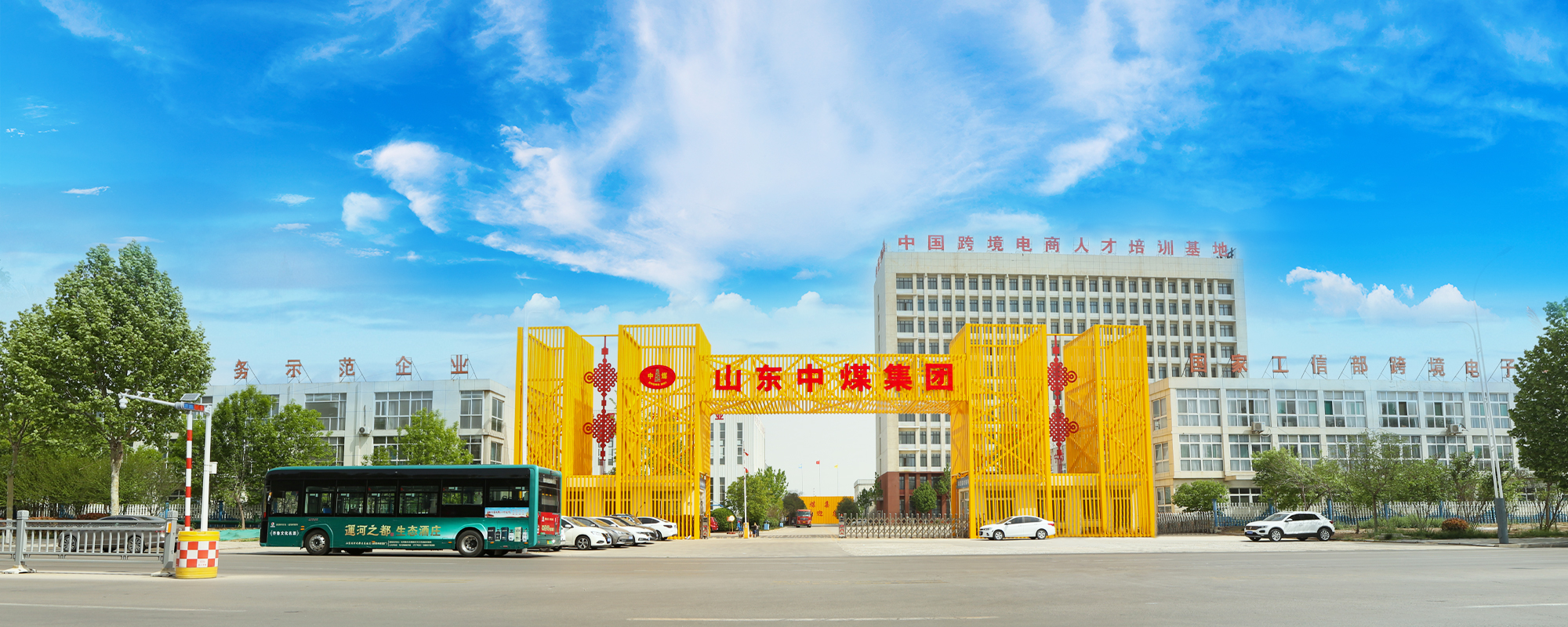
Shandong China Coal
Industrial & Mining Supplies Group Co., Ltd.
+86-17753785400 contact@chinacoalintl.com


UAVs, a presence that was once only used in the military field, are now redefining precision agriculture. Today, the number of farmers using drones on their farms is growing steadily. Various drones provide them with a low-cost aerial camera platform. In this way, farmers can monitor crops in a cost-effective manner. In use, the agriculture uav drone is used to capture crop images, and the acquired images are later processed by specialized software, and then the reflectance images of the farm crops.
Currently, extreme weather conditions are increasing. Along with the growth of the world population, there is a huge increase in the consumption of agricultural products. With these circumstances in mind, more and more farmers are expected to use drone technology. The use of drones in the agricultural sector brings many benefits. But like any other technology, agriculture uav drone have their advantages and disadvantages, which should be clear to prospective purchasers before purchasing.
Advantages of agricultural UAV drones
1. Agricultural analysis
Agriculture UAV Drone can be used for soil and farmland analysis. With agricultural UAV drones, accurate three-dimensional maps can be generated for analysis of soil properties, soil moisture and soil erosion, which are important for seeding in the fine planting mode. Even after planting, the above information on farmland irrigation and nitrogen level management is very helpful.
2. Planting
At present, although UAV planting is still not widespread, some manufacturers have proposed a system plan, which is expected to be able to inject pods containing seeds and plant nutrients into the prepared farmland soil, which will greatly reduce the cost of planting. .
3 Monitoring
One of the biggest obstacles in agricultural production is the inability to efficiently monitor crops in large areas of farmland. The emergence of unpredictable weather patterns has led to increased risk and maintenance costs, making this obstacle even worse. Drones can be used to create time-series animations that show accurate crop growth, showing crops' precise growth processes and better managing crops.
4. Agricultural spraying
By using ultrasonic echo and laser, the agriculture uav drone can adjust the flying height based on changes in terrain and geography. The ability of the drone to scan and adjust its distance from the ground allows the drone to spray the correct amount of liquid in a uniform manner in real time. This increases efficiency and minimizes the amount of penetration into groundwater. Spraying with drones proved to be faster than other traditional methods. '
5. Irrigation
UAVs with thermal, hyperspectral sensors can identify areas of the field that have become arid, helping people to irrigate accurately and accurately at certain locations.
6. Health assessment
Some drones can scan crops with visible and near-infrared light, and the light processing equipment can identify the amount of green and near-infrared light reflected by plants. These data are then used to develop multispectral images that describe the health of the plant. These images can be used to track the health of the crop and suggest remedial measures after any disease has been detected.
7. Easy to deploy
Unlike traditional airplanes, agriculture uav drone are easier to deploy and less expensive.